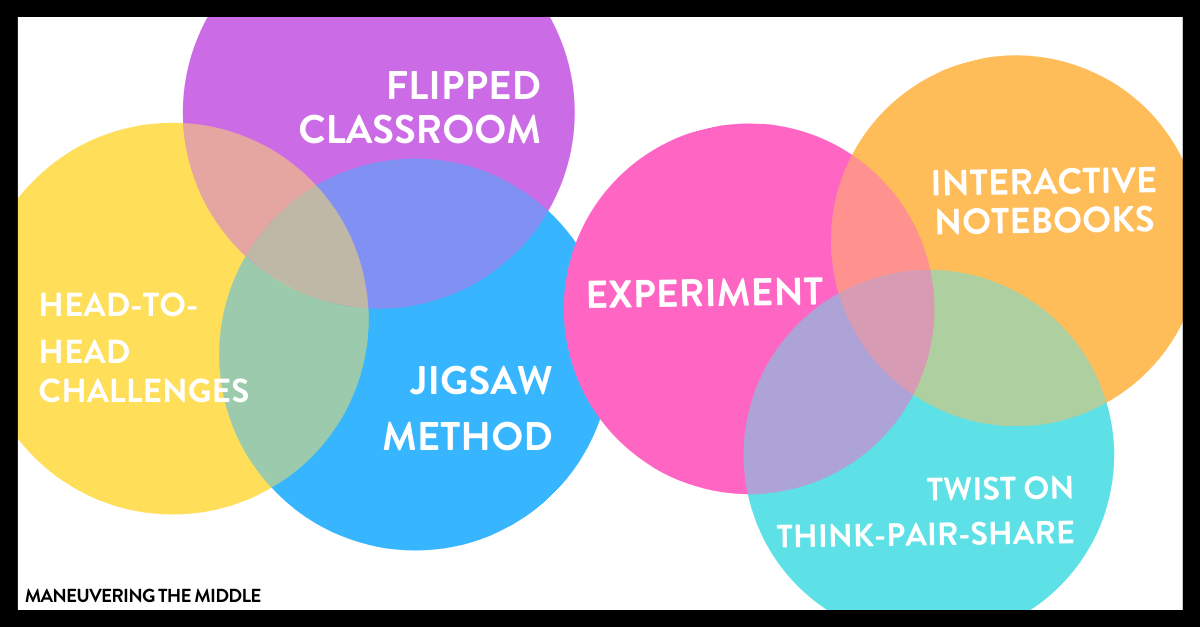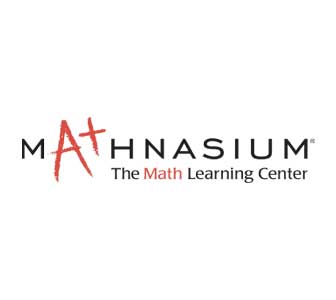In several previous posts, I talked about Clifford algebras. Now I want to show you the magic. You'll see how easy this is. Any child can learn it.
But I'll show it to you by way of explanation, so you can see how powerful it is. With a Clifford algebra, Maxwell's four equations become one simple and intuitive equation. By simply varying the Clifford numbers, we cover everything in physics, from relativity to quantum spinors.
We'll begin with an operator called the "wedge product", represented by the symbol ^. The algebra of wedge products is called a Grassmann algebra. I'll show it to you in 2 dimensions to keep it simple and intuitive. A wedge product works like this:
Given any two vectors x and y, the wedge product x ^ y is the area of the parallelogram spanned by x and y. To calculate it, you first move the vector y so its tail is at the tip of x. Like this:
Now you just calculate the resulting area in the usual way. If your vectors are orthogonal you'll get a square or a rectangle, so the area is just ||x|| times ||y|| (where || is the norm, or the length of the vector).
If your vectors aren't orthogonal, you'll get a parallelogram, and the area is just the cross product of the vectors (which is x1y2 - x2 y1). The result of aligning the vectors this way is called a
bivector, and you'll notice that in addition to a magnitude (which is its area), it also has an
orientation. In two dimensions we say the orientation is either clockwise or counter-clockwise, and to figure out which it is you simply follow the vectors. So in the above diagram, the bivector on the top left has a counter-clockwise orientation, whereas the bivector on the top right has a clockwise orientation.
The trick with bivectors is, they
anticommute. Which means
x ^ y = - y ^ x
The minus sign means you're reversing the orientation. And you can verify this works, by following the tip-to-tail construction method above.
So this is a Grassmann algebra in 2 dimensions, and you can also do it in 3 dimensions, or any number of dimensions. When you do it in 3 dimensions, you get a
trivector instead of a bivector. A trivector looks like this:
You'll notice, that the faces of the trivector are made up of three bivectors, and the rule for orientation is the bivectors have to be in
opposite orientations everywhere the faces meet.
So now I'll tell you about Clifford algebras. In Clifford algebras, symbols square to either +1 or -1. How many of each you get is specified by the Clifford numbers. We write C(p,q) where p is the number of plus signs, and q is the number of minus signs. C(p,q) defines what kind of Clifford algebra we're talking about. For example, in C(1,0) symbols square to +1, which means they're either +1 or -1. But in C(0,1) symbols square to -1, which means they're either +I or -i (where i is the imaginary i, the square root of -1) - so C(0,1) are the complex numbers.
Similarly to the Grassmann algebra, if we exchange the order of the arguments we introduce a minus sign, so once again the Clifford algebra is
anticommutative, xy = -yx. This time, the multiplication rule is called the Clifford product (or "geometric product"), and I'll define it in a moment, but first I want to show you how clever this is.
If we have symbols that square to 1 or -1, we can interpret this in many ways. One way is, we can have our symbols be matrices. So for example
1 =
| 1 0 |
| 0 1 |
squares to 1, whereas
i =
| 0 -1|
| 1 0 |
squares to -1, because
| -1 0 |
| 0 -1 |
is the negative identity.
The expression a + ib would then give you a matrix like this:
| a -b |
| b a |
OR, we can just use ordinary symbols, and have i stand for the square root of -1, in which case a + ib is just the usual complex number.
You can verify the equivalence of these two representations by working out the expression
(a + ib)(c + id)
in both ordinary and matrix form.
We can now introduce a second symbol j that squares to +1, but in this case we'll make the matrix
| 0 1 |
| 1 0 |
and thus we have C(1,0) which are the split complex numbers.
C(3,0) gives us the Pauli matrices (which are anticommutative), and which are formally identical to the quaternions (which are also anticommutative).
When we have C(1,3) we get the Dirac matrices which are also called the gamma matrices or the Weyl basis ("chiral basis"), that allows us to work with particle physics and quantum field theory. C(1,3) is also called the "spacetime algebra" because it gives us a Minkowski metric that allows us to work with special relativity.
The Clifford product is more complicated than the wedge product. With the wedge product, any vector wedge itself is 0
x ^ x = 0
but with the Clifford product a vector multiplied by itself gives the square of the norm (ie its length squared).
And more importantly, in Clifford algebras strict anticommutativity applies
only for orthogonal vectors.
What you get out of a Clifford product depends on the dimensionality. In C(2,0) you get
uv = u . v + u ^ v
which is the sum of the dot product and the wedge product (in other words, the sum of a scalar and a bivector). When the vectors u and v are orthogonal, the dot product goes to 0 and we're left with the anticommutativity of the wedge product. When the vectors are parallel, the wedge product goes to 0 and we're left with the commutativity of the dot product.
To understand how this "really really" works, requires a knowledge of groups and rings. The Grassmann algebra is a tensor algebra quotiented by the left ideal of the special rule that any vector tensored with itself goes to 0. For a Clifford algebra, the special rule becomes any vector tensored with itself goes to the square of the norm. Formally, if Z = the tensor product of v tensored by itself, MINUS the squared length of V (which is given by the metric tensor), then the Clifford algebra is given by
C(V) = T(V) / Z
where / is the group quotient.
But you don't really have to know that, to use any given Clifford algebra. The derivation is really "not important" most of the time. It's abstract algebra, and what we're really interested in is the computing power.
However if you DO know the derivation, you'll be able to figure out any physical formula just by knowing its metric tensor (because the signs on the metric tensor will tell us how it commutes). In relativity, the sign convention of the metric tensor tells us whether we're looking at timelike intervals or spacelike intervals, and we can choose the appropriate Clifford algebra depending on our needs. You can verify this by working out the Einstein field equation with both sign conventions.
Clifford algebras are very powerful. They're not necessarily easy at the "proof" level, but they save us from memorizing 50 or more physical equations if we know how to use them. And it takes a whole lot less time to understand a derivation than it does to memorize 50 complicated equations. You can learn Clifford algebras in two weeks. How long did it take you to learn Maxwell's equations AND Schrodinger's equation AND quantum field theory AND Einstein's field equation? You see? This is why we have to teach kids the fast and powerful way of doing things, because we expect a lot from them these days.








